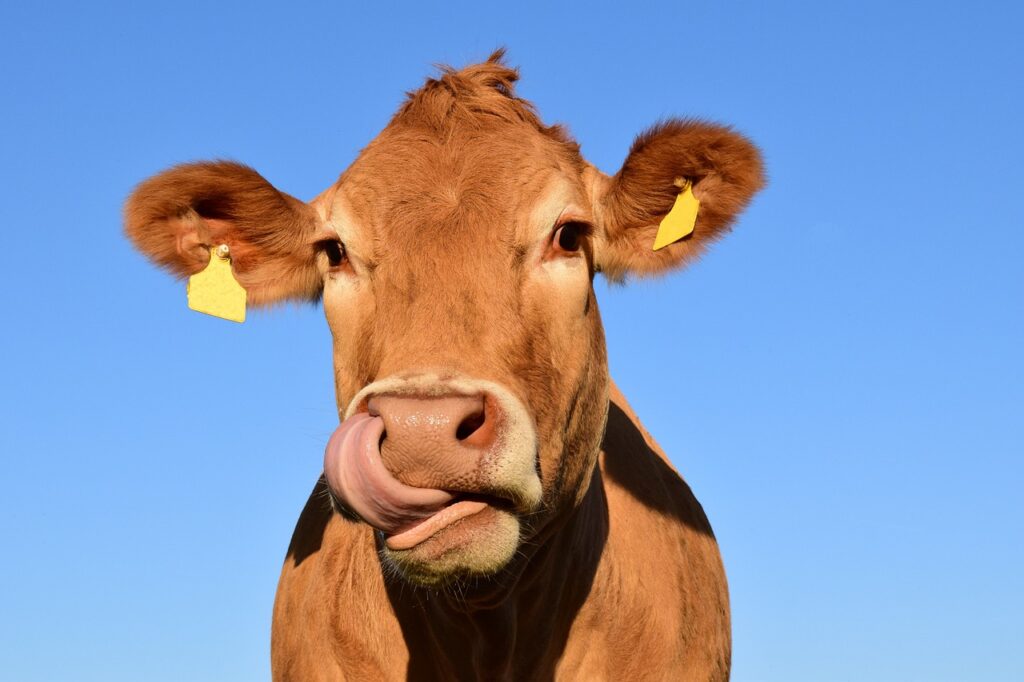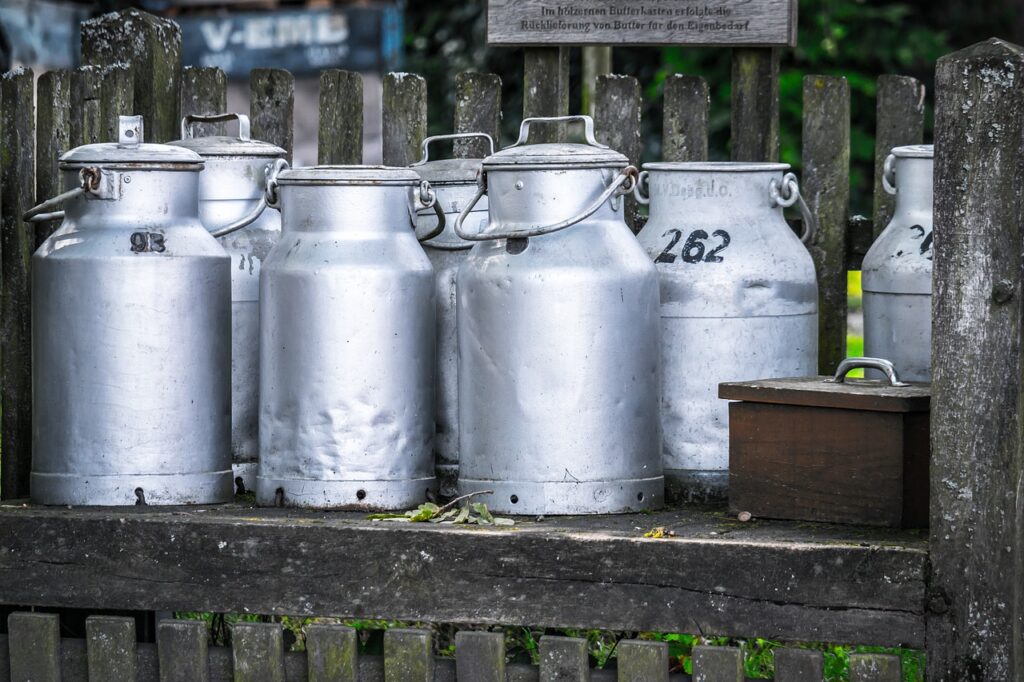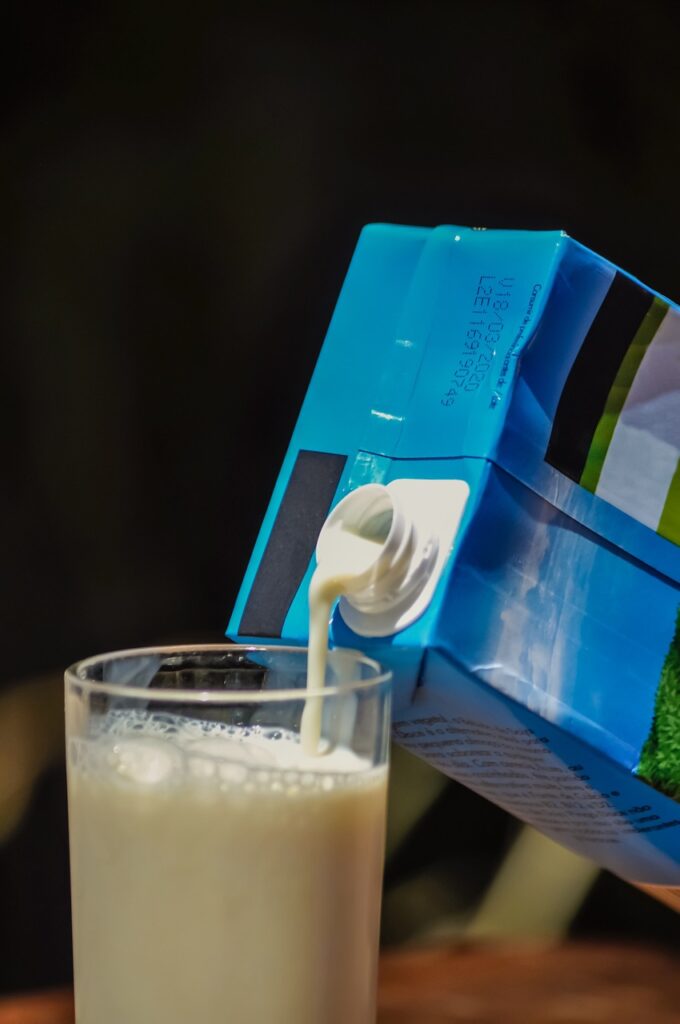
Solar energy has a great many benefits for individuals and industries, but it can be particularly great for the farming industry. Specifically dairy farming, which uses a huge amount of electricity thanks to the amount of machinery and cooling systems required to process the milk.
Installing solar is not only good for the environment, but it will also greatly reduce a dairy farm’s energy costs. And there are a number of other surprising benefits too.
Are you interested in how dairy farms and solar energy work together to make a thriving business?
Keep reading to find out.
In a Nutshell
- Solar energy has the potential to reduce energy bills by up to 96%.
- Your farm’s carbon footprint will also be reduced with solar – perfect for offsetting all that methane gas!
- Solar power makes your dairy farm resilient and reduces reliance on the grid.
- Blackouts and outages are not a thing where solar is concerned, therefore, you can enjoy consistent and reliable power.
- Energy bills are set to keep rising. Solar energy will keep your energy bills manageable for the long term.
- The shade provided by solar panels provides vital respite for cows during hot weather and helps keep them healthy.
Reduced Operational Costs

Dairy farms consume a huge amount of electricity. According to DSO Electric, the average farm requires between 800 to 1,200 kWh per cow annually.
Let’s say the electricity rate is $0.15/kWh. If you have 500 cows, that’s going to set you back between $60,000 and $90,000 annually, which isn’t a small change.
The electricity consumption is broken down as follows:
- Milk cooling: 25%
- Lighting: 24%
- Ventilation: 22%
- Vacuum pumps: 17%
- Water heating: 4%
- Manure handling: 4%
- Feeding equipment: 3%
- Other: 1%
And there’s only so much you can do to reduce that consumption. Sure, you can switch off a few lights and be more mindful of how you’re using your equipment, but it will hardly put a dent in the overall cost.
Solar panels, on the other hand, have the potential to reduce your energy bills by as much as 96%!
A correctly sized system will generate more electricity than you need for daytime operations, while the excess electricity can be sold to the grid in exchange for credits, which you can use during dark hours when your solar panels are not operational.
Let’s run those numbers again with a 96% reduction:
- A $60,000 annual electricity bill can be reduced to $2,400
- A $90,000 annual electricity bill can be reduced to $3,600
Note that the actual amount you save is dependent on your solar system and its efficiency rates, but even if you don’t achieve the full 96%, the savings can be hugely significant.
Reduced Carbon Footprint

It’s no secret that dairy farms aren’t particularly beneficial to the environment, in fact, it’s the worst offender after beef cattle farming, as it’s responsible for 11.5% of agricultural emissions.
The cows themselves are the main culprits – they can each produce up to 650 liters of methane gas every day!
While you can’t do anything about their gassy tendencies, you can reduce the amount of grid-based electricity they consume.
Most utility companies have a heavy reliance on fossil fuels, so just by using them, your dairy farm increases its carbon footprint in quite a way.
Solar energy is clean and sustainable, and switching to this source for your electricity will significantly reduce the amount of carbon your dairy farm is responsible for.
Energy Independence and Resilience

Being reliant on the grid for your energy has several significant drawbacks. You’re at the mercy of whatever tariff they decide to impose on you, and if there’s an outage or blackout, you will be affected.
This makes it hard to predict things like what your profits will be from year to year (since electricity accounts for such a large expense), how much of your product you will lose, and how many production days your dairy farm might lose out on if electricity isn’t available.
Switching to solar releases you from those worries and concerns. When you have a stable and reliable power source that costs very little, you can better predict what your yearly outcome will be and allow your business to remain resilient in challenging conditions.
Better still, with consistent power, you actually have the potential to ramp up your milk production. Plus, if you’re paying a lot less for your energy bills, you can put all that extra cash into expanding your business!
Consistent and Reliable Cold Storage

Milk cooling accounts for a dairy farm’s largest percentage of energy consumption. It takes a LOT to keep those cooling systems running.
So what do you do when there’s an electricity blackout?
We’re sure that most of you have backup generators, but given the amount of power required to keep the milk cool, we’re betting the fuel to run the generators costs a bomb.
Solar power doesn’t suffer from blackouts and it’s not going to be affected if a storm blows down a nearby power line.
This means you can enjoy a more consistent and reliable source of energy that won’t let you down and won’t expose you to thousands of dollars in losses like an electricity blackout would.
If you’re concerned about relying on the grid during the hours of darkness, then consider a solar storage battery as the perfect alternative to generators. They get charged up during the day when you’re producing all that excess electricity and can be used whenever your solar panels aren’t generating electricity.
Doing this gives you complete independence from the grid and all the unreliability that comes with it. Oh, and aside from the initial purchase cost, running a solar battery is free, which means no more costly fuel purchases, either!
Protection from Energy Cost Increases

Your energy costs may be manageable now, but what are they going to look like 10 or 20 years down the line? According to our research, here’s what you could be paying in the future:
- A $5,000 monthly bill in 2023 could rise to over $58,000 annually in 2033 and to over $70,000 annually by 2040.
- A $10,000 monthly bill in 2023 could rise to over $167,500 annually in 2033 and to over $200,000 annually by 2040.
These figures are based on historical annual increase rates and if they continue at the current pace, this is a very realistic view of future energy bills.
The solution is to protect your dairy farm from these projected rate increases, and this can be achieved through solar energy.
One of the great things about solar panels is their incredible longevity. Most are guaranteed for 25 years, but many last beyond 30 years. That means the savings from your initial purchase can be enjoyed for many decades.
And when the time comes to replace your solar panels, you can be assured that, unlike your energy bills, you are highly unlikely to pay substantially more for them. The cost of solar panels has fallen by 90% in the past two decades. As manufacturing gets more efficient, we will see the price drop even further.
Heat Stress Reduction for Cows

The planet is heating up and we’re all starting to feel the effects. Our cows are no exception to this.
Cows are surprisingly sensitive and can easily start to suffer from heat stress if they aren’t offered the opportunity to seek out shade.
Jingjun Wang, an assistant professor at the China Agricultural University, has conducted a study that estimates between $1.69 and $2.36 billion is lost each year to the effects of heat stress on cows.
This is because heat stress negatively affects dairy cows in the following ways:
- Decreases feed intake and results in weight loss
- Reduces milk production and milk quality
- Increases respiration rates and increases body temperature leading to dehydration
- Results in lower pregnancy rates and gestation periods
- Produces calves with lower birth rates and a sub-optimal immune system
- Increases likelihood of contracting a disease
- Increases likelihood of death
Your cows are precious and we’re sure you don’t want to see them affected negatively. Solar arrays, therefore, can offer a practical solution.
Most agricultural solar panels tend to be ground-mounted. This is due to the size requirements of the system and the fact that most farms have the space to accommodate ground mounts.
Well, if the panels are mounted higher off the ground, this can offer up shade for your cows. A study by the University of Minnesota found this practice to be beneficial for the cows and resulted in healthier animals. Plus, you’re doubling up the land use, which means you don’t have to sacrifice your farmland for one purpose or another.
Positive Public Image

There are over 36,500 dairy farms in the USA. How do you get yours to stand out among the competition?
The key is to win over consumer confidence. However, the challenge in the dairy industry is that consumer confidence is fading because dairy farming isn’t seen as sustainable.
In fact, sustainability is the primary concern for milk production and is one of the top reasons why consumers are switching to plant-based alternatives. This is because plant-based milk has done a very good job of promoting itself as sustainable.
The dairy industry will do a lot for its market image if it switches to solar energy. This is a great message to send out to consumers and show them that sustainability steps are being taken.
Consumers want this. Not only that, they are willing to pay more for it. According to a survey by LEK, US consumers spend roughly 20% of their food budget on sustainable products. And 54% of people served are willing to switch their existing brand of product to a more sustainable one. Imagine, you can use solar energy to reduce your operational costs in quite some way, but you can also potentially charge more for the end product!
Talk to 8760 Solar to Discover Solar Energy Colorado Farming

At 8760 Solar, we believe that solar is the best solution for introducing sustainability into Colorado’s farming and agricultural businesses. The cost of everything is rising, from the price of feed to fertilizer, and of course, electricity bills.
If farms are to survive these challenging times, the answer is to reduce operational costs, and what better way to do so than going solar?
Many of our clients are concerned about the initial investment costs, but there are some strong incentives within Colorado and the US as a whole that could see you get a full return on investment within the first year alone!
If you’re a farmer or own an agricultural business and you’re interested in how solar energy can benefit you, then 8760 Solar wants to hear from you!
We specialize in providing solar solutions to the agricultural industry, so we have all the experience and expertise to provide you with the right kind of solar setup. Plus, we will help you take advantage of all the available tax credits and incentives.
To get in touch, please text “READY” to 719 470-0254 or contact us via email: sales@8760solar.com. We’ll get back to you as soon as we receive your message.
Frequently Asked Questions
What Is Renewable Energy for Dairy Farms?
Renewable energy for dairy farms removes the reliance on fossil fuels by installing solar or wind energy systems. In most cases, a solar system is the most practical, cost-effective, and beneficial solution.
By doing this, dairy farms can significantly reduce their energy bills and gain independence from grid-based energy.
What Is the Best Renewable Energy Source for a Farm?
The best renewable energy source for a farm is solar power. This is because the solar panels and equipment are versatile and can be placed in a wide variety of areas, including roofs and among grazing animals. As long as the panels have access to sunlight, they will produce free energy for you.
Does Grass Grow Under Solar Panels?
Grass can and does grow under solar panels. In fact, the microclimate that occurs beneath solar panels is very beneficial for flora and fauna. A good solution for maintaining the vegetation beneath solar panels is to introduce grazing animals such as sheep into the space. Solar panels and sheep coexist very happily in the same area!
Can You Graze Cattle Under Solar Panels?
You can graze cattle underneath solar panels but you must mount the solar panels high enough off the ground so that the cows cannot rub up against them and potentially damage them. The shade that the solar panels provide can actually be very beneficial for cows during hot spells.
